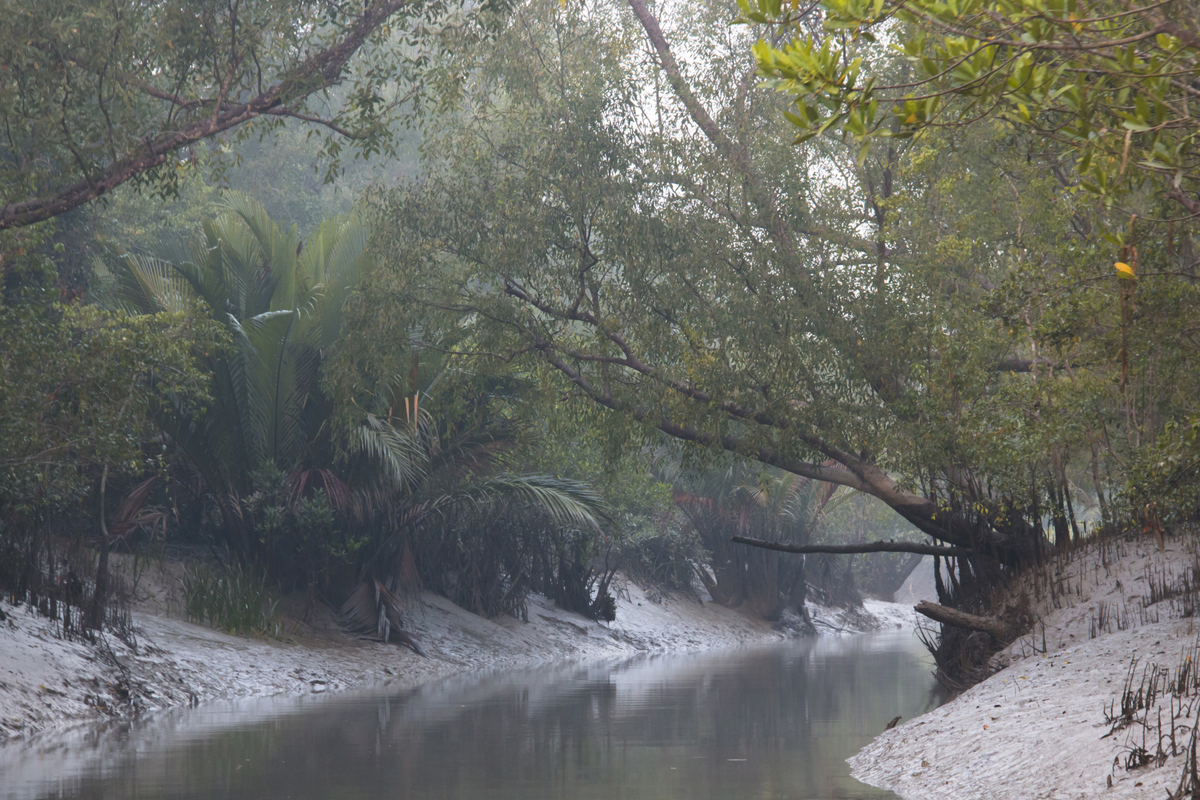Tight security ahead of 13 Nov bypoll in Midnapore
With the Midnapore Assembly by-election on 13 November, district authorities have significantly ramped up security measures, aiming to ensure a peaceful and orderly voting process.

Representational image (file photo)
West Bengal has once again set a precedent in conservation efforts by establishing two new Biodiversity Heritage Sites (BHS) in East Midnapore. With these additions, the state’s BHS count reaches an impressive total of 10, securing its position as the national leader in preserving unique and ecologically fragile ecosystems.
The first newly designated site encompasses a 7.3-kilometre stretch from BeguranJalpai to Birhampur, located in the Majilapur gram panchayat under the Contai-I block. This inter-tidal coastal region is home to a diverse array of species, including the rare Red Crabs (Ocypod macrocera), Dotilla Crab, Fiddler Crab, Monitor Lizard, Mongoose, Golden Jackal, Jungle Cat, and many others. Its ecological significance and the presence of these remarkable creatures make it a fitting addition to the BHS network.
The second BHS, Haldir Char, is a 6.4-hectare island situated in the Haldi River under the Itamogra-II Gram Panchayat of Mahishadal block. Haldir Char boasts a unique mangrove swamp with regular tidal influences, supporting a variety of littoral fauna and indigenous fish species in its inland waterbody.
Advertisement
On the island, different mangrove species like Piyara Bain, Jat Bain, Chak Keora, and Kakra flourish, accompanied by several mangrove-associated plants such as Kali lata, Habul/Paras Pipul, Hargoja, and Bon Jui. Furthermore, the island serves as a sanctuary for an impressive avian population, including nesting sites for species like Open Bill Stork, Little Cormorant, Indian Cormorant, Egret, Night Heron, Pond Heron, and more.
These two new BHS sites join the existing roster of West Bengal’s conservation achievements. The state had previously designated Dhotrey, Tonglu, and Pokhari in Darjeeling, Chilkigarh Kanak Durga in Jamboni, Jhargram, Char Balidanga in Kaligang in Nadia, Namthing Amkhoi Wood Fossil Park in Birbhum, and the State Horticulture Research and Development Center in Nadia as Biodiversity Heritage Sites.
This continued expansion highlights the state government’s commitment to safeguarding unique ecosystems and preserving their ecological integrity. Biodiversity Heritage Sites are crucial for maintaining the balance of nature and preserving the diverse flora and fauna that exist within them.
By designating these sites, the West Bengal government aims to raise awareness about the ecological significance of these areas and promote sustainable practices that protect and conserve their fragile ecosystems, said a senior administrative officer.
West Bengal’s leadership in biodiversity conservation is further evidenced by the stark contrast between its 10 BHS and the distant second-place states, Maharashtra and Tripura, which currently possess five sites each.
This achievement reflects the state’s unwavering dedication to preserving its natural heritage for generations to come, a forest official said. As West Bengal forges ahead in its conservation efforts, it serves as an inspiration for the entire nation.
The establishment of these two new Biodiversity Heritage Sites not only contributes to the preservation of unique ecosystems but also reinforces the state’s position as a frontrunner in environmental stewardship, said the forest official.
Advertisement